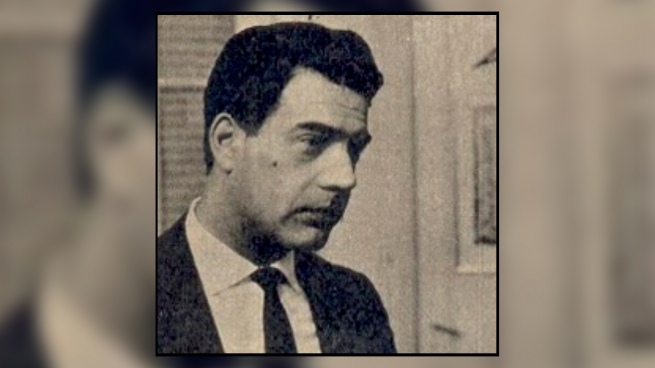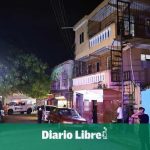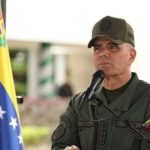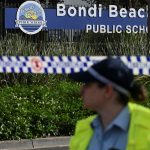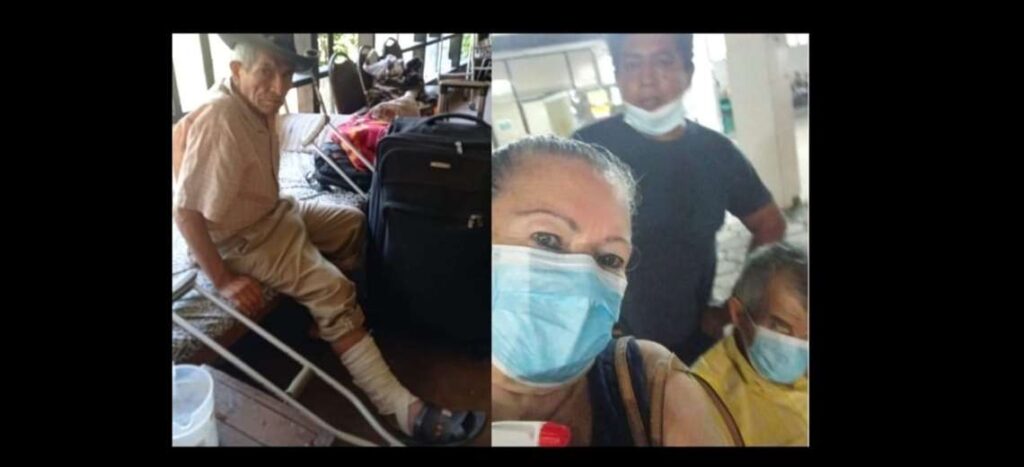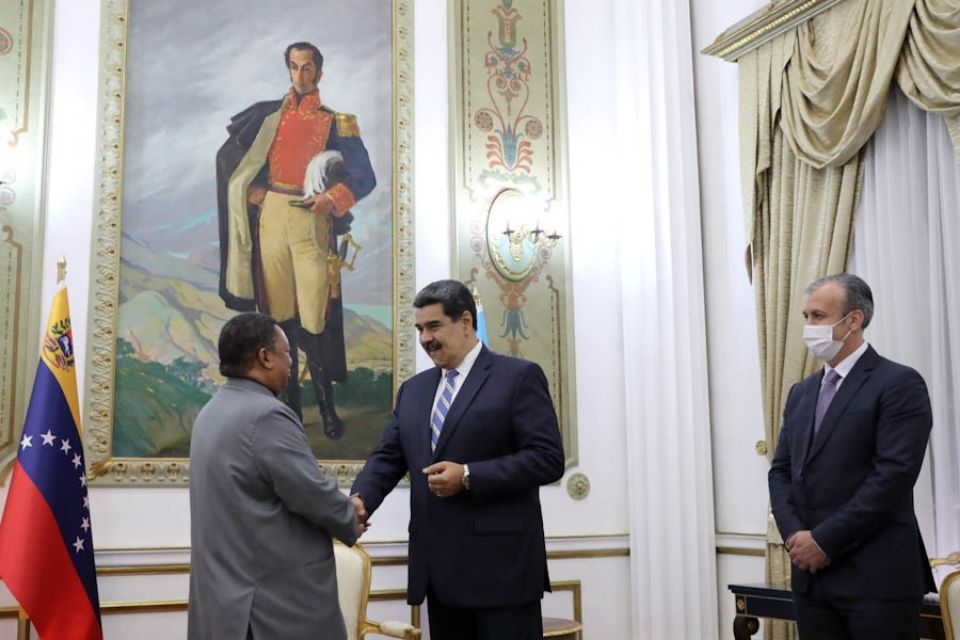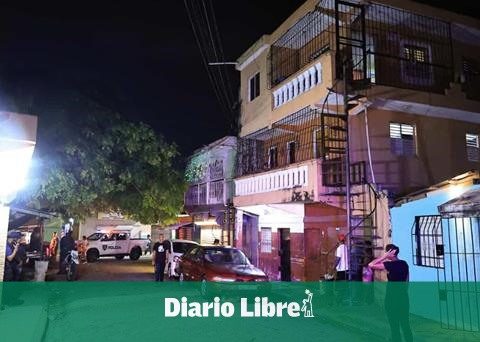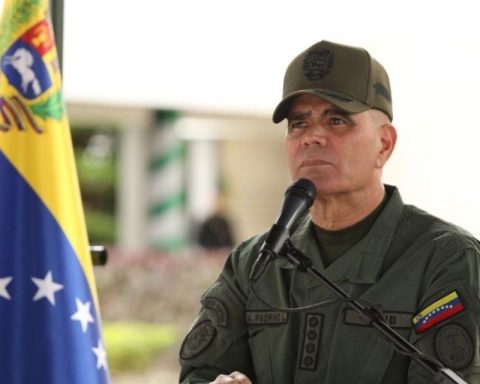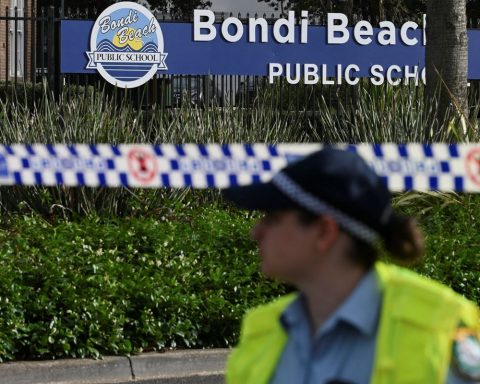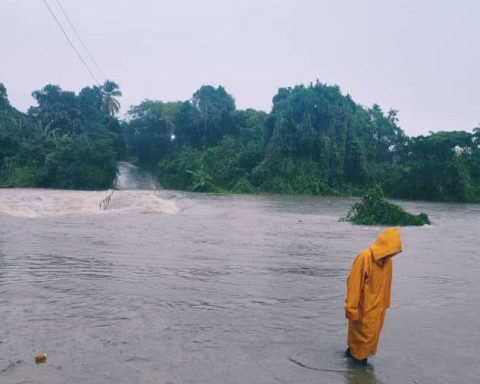May 13 marks the 56th anniversary of the famous shooting at the Real pizzeria in Avellaneda, between members of two rival sectors of Peronist unionism. Such an episode originated the book “Who killed Rosendo?”, by Rodolfo Walsh, a key work of Argentine journalism and literaturewhose influence –both in national history and in the art of writing– does not deserve to be forgotten.
At the end of 1967, Walsh came from Cuba, where he had participated in a congress of intellectuals. Before returning to Buenos Aires passed through Madrid, and visited Perón in Puerta de Hierro. At the end of the interview, he accompanied him to the anteroom. There was the man who had an audience attached to his. And when introducing them, the host released:
– Argentines are indebted to the author of “Operation Massacre.”

Walsh felt a rush of blush. Because He didn’t know if the General was serious or was teasing him. And an anecdote heard not long ago came to mind: in that same place Perón gave an autographed photo to Ricardo Rojo – a young radical who later became famous for his book, “My friend Che” – but dedicated it to a certain “Bravo”. The guy later phoned him from the hotel after noticing the “mistake.” Then, the old leader wielded: “But if all the reds are brave!”.
Walsh smiled remembering the episode, while the other visitor extended a hand towards him. It was Raymond Ongaro.
Neither of them imagined at that moment the political scope of such a meeting. Back in Buenos Aires, that 43-year-old linotypist explained to the writer his initiative to organize the workers’ bases against the dictatorship of General Onganía and the “dialoguist” trade union leadership. So he invited him to collaborate in the drafting of the document with which the CGT of the Argentines would be launched on May 1st.
While they were discussing the text, the idea of publishing a newspaper to articulate that project arose. His revolutionary sense would also extend to the field of the press. Thus the weekly “CGT” was born. There Walsh published the articles that in 1969 made up the book “Who killed Rosendo?”
shots at night

Does literature imitate life or life imitate literature? This seems to be the question that Walsh tried to unravel throughout his work. A question that is not unrelated to his great leap from the English police story to non fiction. And that – at least on one occasion – he explored through a remarkable coincidence of procedures between both genders.
In “Who Killed Rosendo?” He proved with unappealable eloquence that the trade unionist Rosendo García, who supported Augusto Vandor in the leadership of the UOM, was killed precisely by him during a shootout with an opposition faction at the La Real pizzeria in Avellaneda.
And he knew how to prove it by reconstructing the exact location of his protagonists at the tables. The point is that this method is identical to the one he devised earlier in “Tales for gamblers”, a fiction about the crime of a man in a betting shop. The remarkable thing is that the transfer of the imaginary scene to the real one -and here the name of the pizzeria is even a wink of fate– meant an investigative challenge to be taken into account.

Walsh crossed the data he obtained from the eyewitnesses –whose statements allowed him to draw a sketch of the room– with the legal reports in the file. Thus he was able to notice the non-correspondence of it with the diagram of the ballistic report on the position of those involved and the trajectory of the projectiles.
He was in a relationship with Lilia Ferreyra, and in the apartment they shared on Cangallo Street at 1600 he carried out his own tests with her. For hours they relived the moment of the fatal shot, staging the two key places of the event: that of the perpetrator and that of the man who died. Walsh, from the shooter’s side, held the end of a thread between his fingers. The other end was attached to Lilia’s back, and she moved from the chair to the floor countless times. In this way, Vandor’s authorship of Garcia’s murder was established.
The investigation for that book is an example of the detective resources that he used to put in place to get to the truth. But, unlike his classic crime stories, this text was not encrypted in the resolution of a simple plot puzzle.
On the contrary, in his devices there was another underlying purpose that Walsh himself explains in the prologue: “His profound theme is the drama of Peronist trade unionism from 1955 onwards”. An invisible topic for public opinion. Until then.

The event had been unleashed on May 13, 1966. That night two militants of combative Peronism, Domingo Blajaquis and Juan Salazar, also fell under the Vandorist bullets. “For the newspapers, the police and the judges, these people don’t have a history, only a criminal record; writers and poets do not know them. The justice and honor they deserve do not fit in these lines; one day, however, the beauty of his deeds will shine, and that of so many others, ignored, persecuted and rebellious until the end”, Walsh also wrote in the prologue.
In this regard, it can be said that that man had found a way around the act of shattering the secrets of power. In “Operation Massacre” he managed to demonstrate –among other criminal aspects– that the clandestine executions of General Pedro Eugenio Aramburu’s dictatorship were carried out based on a retroactively applied Martial Law.
In “Caso Satanowsky”, referring to the crime, in June 1957, of the lawyer of a shareholder of the newspaper La Razón who resisted financing dirty campaigns, was able to prove that the fact was the work of the SIDE by express order of its director, General Domingo Quaranta. And in “Who Killed Rosendo?”, In addition to pointing out Vandor’s responsibility in the matter, he exposed the rottenness of the union bureaucracy, his dealings with businessmen and his links with the police.
literature attacks

Of course, the correspondence between life and literature still remains a mystery. But Walsh at least showed that the great trick of an imaginary plot is to create the illusion that something really happened. And that of a “non-fiction”, in making it look like a novel.
At the time, “Operation Massacre”, “Satanowsky Case” and “Who killed Rosendo?” were written as journalistic pieces whose informative value was above their literary qualities, since they knew how to reveal invisible facts. And that, thanks to their lyrics, they became part of the country’s history. On that road, of course, they lost their news condition; that is, its impact, in the media sense of the term. Yet such texts are still read avidly. Could it be because precisely that path turned them into literature, and the best?
History often repeats itself, but not always in the form of farce. In the midst of the anxiety of the present, the power of the hegemonic media insists on the construction of a parallel reality. In such a context, it is well worth revaluing the magic of the weekly CGT de los Argentinos and the figure of Walsh. Not only because of the fifty-sixth anniversary of the episode that he was able to reveal in his pages – the murders at the Real pizzeria – but also because his enormous teaching in the field of counterinformation.
